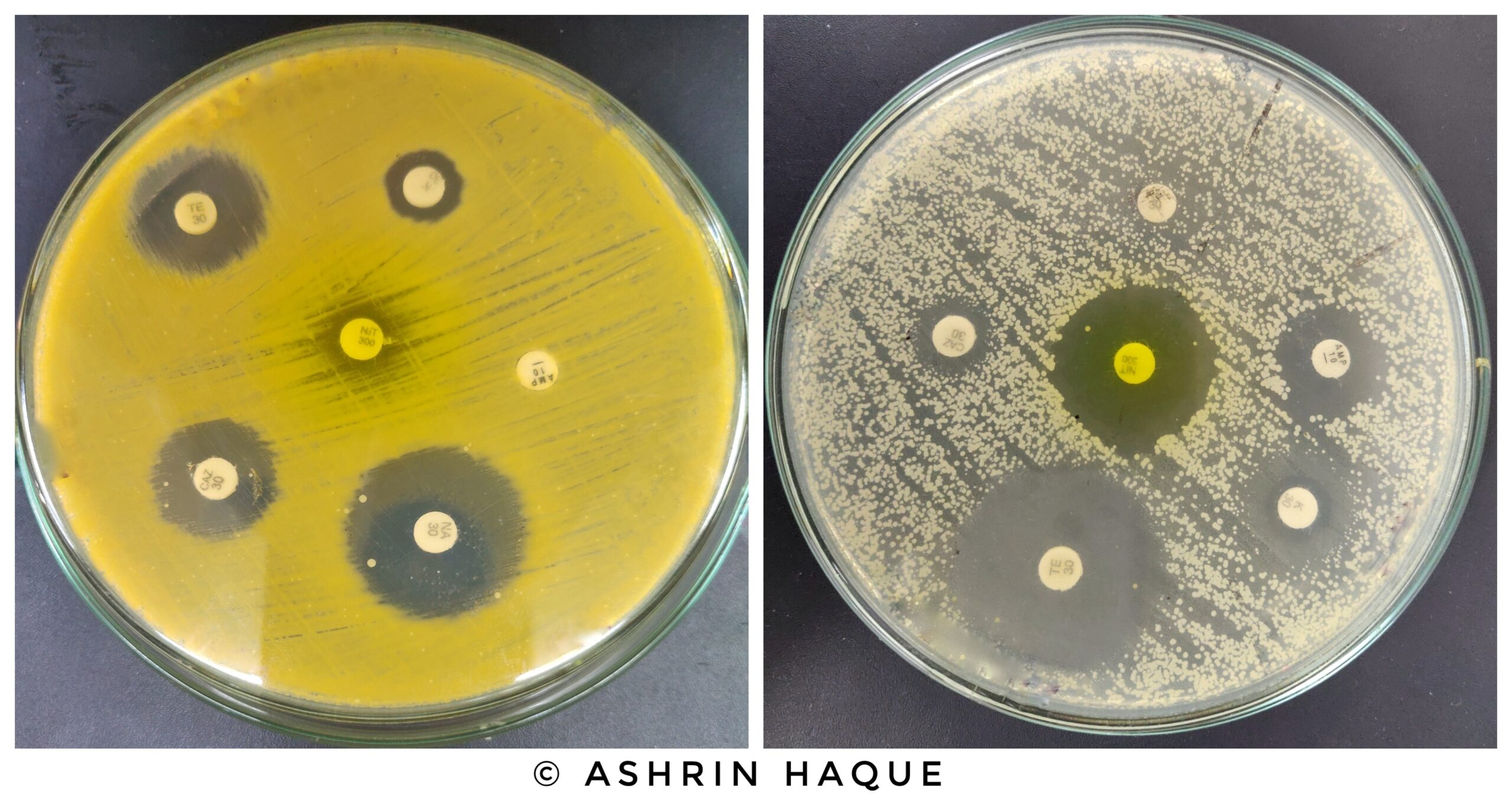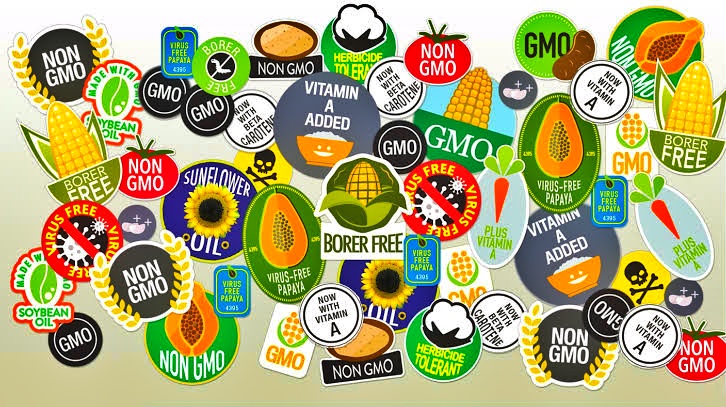A DEADLY ENTITY AND ITS RAVAGE
When the world is still amidst a controversial debate of COVID-19 being a bioweapon, it has swept away millions of lives around the world and cost us a ceaseless death toll. Those who escaped by the skin of their teeth from this staggering entity could not dodge the after effect of it. The impacts of the pandemic that this virus has cost us are not restricted to physical complications only. It highly affects psychological well-being and wrecked the healthcare system. The whole world gathered to find a solution to put an end to this rampage. However, in the initial days it seemed to be another incurable disease imposed upon the unarmed humankind, the scientists did what they are best at doing- proving our whimsical thoughts wrong. Finally, the World got a drug that could be a potential one to fight this bio battle, the most awaited COVID VACCINE.
VACCINE: A PATHWAY TO IMMUNIZATION
The vaccine is a suspension that is made up of attenuated, killed, or fragmented microorganisms as well as their mRNA or toxin. It stimulates our immune system and produces antibody which combats pathogens. Vaccine ingredients vary from manufacture to manufacture. For example, The Johnson & Johnson COVID-19 vaccine comprises a non-toxic version of a virus unassociated with the virus that causes COVID-19 whereas Pfizer-BioNTech and Moderna COVID-19 vaccines comprise messenger RNA (mRNA). After the body produces an immune response, it discards all the vaccine residue just as it would trash out any unnecessary information that cells no longer need (Centers for Disease Control and Prevention, 2021). However, such vaccines have the unavoidable potential for contamination with adventitious agents that can infect such materials. Here comes plant-derived vaccine showing off its immense feasibility and potential when it comes to cost and effectiveness (World Health Organization- WHO, 2022).
PRODUCTION PROCESS: A PLANT-BASED DRUG DESIGNING
Production of vaccine antigens in genetically modified plants that can be extracted and purified by conventional methods has opened a new horizon to explore. Potatoes, rice, spinach, corn, tobacco plants are being used in the process. The combination of GlaxoSmithKline’s (GSK) pandemic adjuvant with Medicago’s plant-based vaccine technology has significant potential to be an effective, refrigerator stable option to fight against COVID-19.
The process starts with a gene sequence or code of a virus and gets synthesized into a real biological product that contains genetic instructions that plants can read. This is inserted into a bacteria called Agrobacterium tumefaciens. In this specific process, a plant named Nicotiana benthamiana is used. Then the plants are submerged into a bacterial bath that carries the information into the plant’s cells. Using a vacuum, the air between the plant’s cells is sucked out and gets replaced with the liquid which is absorbed like a sponge by the plants. After the bath, plants are placed into a controlled greenhouse for four days which results in the production of the most important element of the vaccine -Virus-Like Particles. These particles mimic the structure of the virus which tricks the immune system into recognizing them as a virus from which the body needs to be protected. Most importantly these VLPs do not contain the core genetic material which makes them non-infectious. These leaves are blended into a solution to extract the Virus-Like Particles and later purified which gives us the final product, a plant-based vaccine (Medicago, 2021).
DOES IT ACTUALLY HAVE ANY IMPACT OR JUST A HOAX?
After rigorous clinical trials, Preliminary results suggest the plant-based vaccine may produce up to 50 times more antibodies than other jabs. The phase-3 result depicts the overall vaccine efficacy rate against all variants of SARS-COV-2 was 71% and shows 75.3% efficacy against the deadly delta variant. Now they are planning to go for that final review. After which the scientists are expecting to make an announcement sometime this year (Medicago,2021).
It could be life-changing for those who are terrified even by the vision of getting jabbed as these vaccines could either be eaten or applied to mucosal surfaces (World Health Organization- WHO, 2022).
CHEAP AS CHIPS OR WOULD COST A FORTUNE?
When it comes to cost-effectiveness this new venture passes the test with flying colors. The process does not require any bioreactor because when plants are used as a production system the plant itself is the bioreactor, so that sort of feeds into why they are a cost-effective production platform (Medicago, 2021).
As the development of this vaccine matures, WHO will continue working as a forum for the international harmonization of requirements also to establish public acceptance (World Health Organization- WHO.2022).
References:
- Medicago and GSK announced positive phase 3 efficacy and safety results for adjuvanted plant-based COVID-19 vaccine candidate, Medicago, Retrieved February 11, 2022 from https://medicago.com/en/press-release/medicago-and-gsk-announce-positive-phase-3-efficacy-and-safety-results-for-adjuvanted-plant-based-covid-19-vaccine-candidate/
- Myths and facts about COVID-19 vaccines, CDC, Retrieved February 11, 2022 from https://www.cdc.gov/coronavirus/2019-ncov/vaccines/facts.html
- Plant-based technology, how plant-based vaccines are developed? Medicago, Retrieved February 11, 2022 from https://medicago.com/en/our-technologies/plant-based-technology
- Plant-derived vaccines, World Health Organization WHO, Medicago, Retrieved February 11, 2022 from https://www.who.int/teams/health-product-policy-and-standards/standards-and-specifications/vaccine-standardization/plant-derived-vaccines
“Since the article has been written to reflect the actual views and capabilities of the author(s), they are not revised for content and only lightly edited to be confirmed with the Learn life sciences style guidelines.”










This is by far the only article on plant-base vaccine that describes the whole thing this smoothly.
It was an absolute read. Very well put
However dead, fragmentized and/or ineffective these pathogens are, the doubt remains in human mind. I’m sure if plant based vaccines were to be in effect, people would be more accepting of vaccines. An article very well written.
Just thought I would comment and say superb theme, did you create it yourself? Looks really good!
Good write-up, I¦m regular visitor of one¦s website, maintain up the excellent operate, and It is going to be a regular visitor for a lengthy time.
Great write-up, I’m normal visitor of one’s blog, maintain up the excellent operate, and It’s going to be a regular visitor for a long time.
I think this site has very fantastic indited content material articles.
Exactly what I was looking for, appreciate it for putting up.
I admire your piece of work, appreciate it for all the informative blog posts.
Very interesting information!Perfect just what I was searching for!
wow, awesome post. Cool.
I must thank you for the efforts you have put in writing this blog. Im hoping to check out the same high-grade blog posts from you in the future as well. In fact, your creative writing abilities has encouraged me to get my own, personal site now 😉